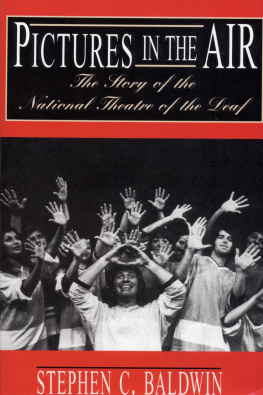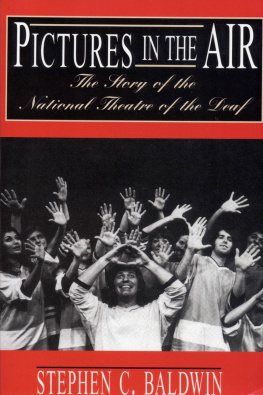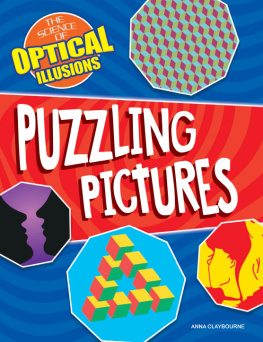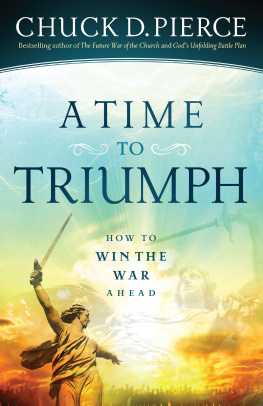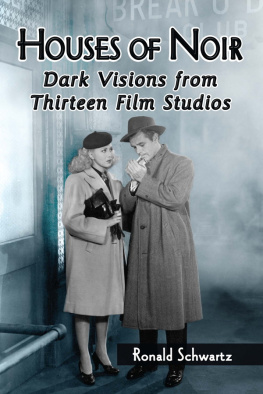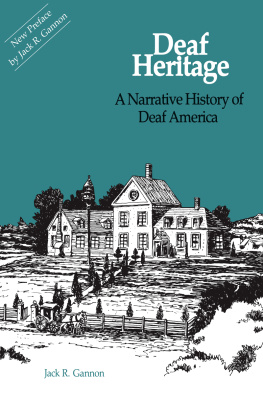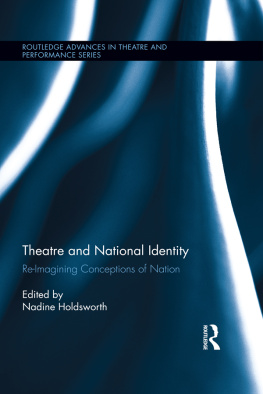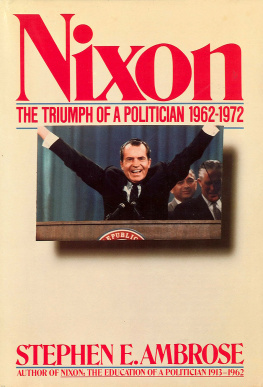The Story of the National Theatre of the Deaf
The Story of the National Theatre of the Deaf
STEPHEN C. BALDWIN
Gallaudet University Press
Washington, D.C.
Gallaudet University Press
Washington, DC 20002
1993 by Gallaudet University. All rights reserved
All rights reserved
Printed in 1993.
Paperback edition, 2002
Library of Congress Cataloging-in-Publication Data
Baldwin, Stephen C., 1944
Pictures in the air : the story of the National Theatre of the Deaf / Stephen C. Baldwin.
p. cm.
Includes bibliographical references and index.
ISBN 1-56368-025-4 (acid-free);
ISBN 1-56368-140-4 (pbk.)
1. National Theatre of the DeafHistory. 2. Deaf, Theater for theHistory. I. Title.
HV2508.B35 1993
The paper used in this publication meets the minimum requirements of American National Standard for Information SciencesPermanence of Paper for Printed Library Materials, ANSI Z39.48-1984. 
Posters in chapter opening photos courtesy of NTD
For Oscar G. Brockett, my mentor
CONTENTS
FOREWORD
I n the fall of 1978, I met a scenic and lighting designer named Bob Steinberg through a mutual friend, J Ranelli. J was directing a play of mine in New York.
Bob and I discovered right off that we shared one hugeIm talking largemutual love: Mel Brooks and Carl Reiners Two Thousand Year Old Man. Both of us can quote the entire record; together we can assume either, or if one of us is tired, both parts.
I remember J telling me that Bob was married to a deaf woman who was an actor with some theater company Id never heard of and the name of which I had a hard time keeping straight. Is it the National Theatre for the Deaf or the National of the Deaf. I know the two words connote a big distinction, I just dont happen to remember which is the right one.
Whatever the proper name of the company, I knew that J directed for them, but consumed with the delirium of doing a new play with a new director, I really didnt inquire about what he did with them or who they were.
That winter, J and I workshopped another play of mine, this time at the University of Rhode Island, where J and Bob were on the faculty. One evening, in the farmhouse to which I am told she had retired to raise her two sons, I met Bobs wife.
Her name is Phyllis Frelich and we changed each others lives.
At the time I met Phyllis, I had no deaf or hard of hearing people in my family and none among my friends, students, or acquaintances (some who didnt listen, to be sure, but none who couldnt hear). I had no knowledge of deaf culture or American Sign Language or of any of the battles raging among those who would tell deaf people how to become educated or how to become part of the real worldthe hearing world. The closest I had come to any experience with the deaf world, really, is through William Gibsons stunning play, The Miracle Worker .
The evening I met Phyllis Frelich, she told me that she was a founding member of the National Theatre of the Deaf, but that she had grown weary of the roles available to her with NTD and so had retreated here to this tiny farm. She wished, she said, that there were roles in the hearing theater for deaf actors.
Well, two things occurred to me: I had been told by J Ranelli, whom I trust, that Phyllis Frelich is not just a good actor, but an extraordinary one; and I was imbued with a fair amount of ego. So, I told Phyllis Frelich that I would write a role for her.
After I left, she and Bob confided later, they thought, Weve heard that before; he wont do it.
The following spring I became head of the theatre arts department at New Mexico State University. I called Phyllis and Bob and invited them to come teach and work with me for a semester beginning in January of 1979. At that time, I told them, I would have a play, with a role for Phyllis, ready to workshop.
Children of a Lesser God , the result of our collaboration, is one of the most satisfying and educational experiences any of us could ever have dreamed might be available in this difficult world.
Several years later, at an audition for the Dallas Theater Center production of Children (which I directed for my friend and mentor, Paul Baker) I met a young teacher and aspiring playwright and actor named Steve Baldwin who had written to me some months before to tell me that, given the chance, he thought he could play my hard of hearing rebel, Orin Dennis.
And indeed, after the audition, I cast Steve in the role. I told him I wanted to find some deaf talent to use in the production, either as the main actors or understudies. Steve arranged for me to visit SouthWest Collegiate Institute for the Deaf in Big Spring, Texas, and I was deeply touched to be met there by students and faculty as someone who is a friend of the deaf.
From this school I took two actors, Cliff Bodiford, to understudy Steve, and Marilyn Myers, to understudy Bobbie Beth Scoggins, the young woman I was fortunate to find in Dallas to play Sarah.
Bobbie Beth later became a member of NTD, earned a doctorate, and became a powerful advocate for deaf culture and rights. Steve Baldwin went on to get his Ph.D. in theatre from the University of Texas at Austin and, among other works, to write this book.
I think its fair to say Steve and I were friends from the moment we met at those auditions in Dallas, and that the friendship cemented through the crucible of building the Dallas Theater Center production of Children of a Lesser God and continued through Steves ferocious drive to finish his Ph.D., a decade-long process during which we periodically shared our thoughts on everything from the lunacy of prejudice to the joys of exercise and fatherhood.
Despite my friendship with Steve, despite my outsiders inside relationship to the deaf world, I feel a little peculiar, in this era of rigid and often mind-boggling political correctness, writing the introduction to a book by a deaf writer about an extraordinary institution I knew far too little about until I read his book.
Im embarrassed to confess that I did not see NTD perform until 1989, when my department invited the company to perform at NMSU. The production, King of Hearts , ironically enough, had been brilliantly adapted and directed by J Ranelli.
Though I was ignorant until Steve Baldwins book enlightened me to the history of NTD, its fair to say the National Theatre of the Deaf provided me with scores of NTD alumni collaborators, in addition to Phyllis, Bob, and J, who have affected my life in large and small ways. Over the decade and a half that leads from that night in Rhode Island in 1978 when I met Phyllis Frelich to the Tony Awards in New York to the road companies and the scores of productions all over the country of Children of a Lesser God , I have been fortunate to work with some of the talents mentioned in this book; people such as Lewis Merkin, Linda Bove, Freda Norman, Julianna Fjeld, Richard Kendall, Lou Fant, Ed Waterstreet, Howie Seago, Rita Corey, Fred Voelpel, Janis Cole, and Bob Danielsto name only those with whom I have spent hours and days at fruitful harvest.

